Tonnellerie Francois Frères: French Oak Barrels Extravaganza
In part2, we are going deeper in the world of the "Tonnellerie Francaise" and Scotch
The art of toasting - La Tonnellerie Demptos
Following the Part 1 TFF group Part1, I wanted to go deeper in the world of World class Tonnellerie Francaise for Wine and Spirits (French Cooperage).
Only 2% to 4% of the worldwide wine production is aged in oak barrels, in fact only the super premium to luxury wines are aged in oak barrels and can afford to benefit from the subtle flavors that is brought by aging in French oak barrels.
According to Fortune, The wine industry categorizes by retail price, and the following pricing bands is today in US dollar: value ($4–$10), popular ($10–$15), premium ($15–20), super premium ($20–$30), ultra premium ($30–$50), luxury ($50–$100), super luxury ($100–$200) and icon ($200 or more).
The article constitutes my personal views and is for entertainment purposes only. The main goal of this article is to log my personal views. Nothing in this article or these posts in this blog should constitute an investment advice. The projections and estimates provided here should be considered as purely speculative. Do your own model and projections. Please refer to the disclaimer at the end of this article for more details.
Les Tonneliers de France
The process of aging wines in French oak barrels produces wines with subtle aromas of wood or vanilla. In addition, this method has the effect of refining the tannins, thus making the wines more elegant and complex. However, only 2% to 4% of the wine is aged in oak barrels. Only “De Grands Crues” and Prestige Wine are typically aged in French oak barrels. Also not all the “Cepages” blends well with oak barrel as described in the next section. A French oak barrel cost 860 euros in average, and contains 300 bottles. Some oak barrel from the most sought forest can cost even more. The porous nature of an oak barrel allows evaporation and oxygenation to occur in wine and as such, each year of aging will see 8-10% of the wine evaporates. It is recommended to age Bordeaux for about 18 months and Bourgogne 10 months. So this aging process will results in costing 4-5 euros per bottle (resulting bottles after evaporation).
Since 2017, worldwide wine consumption has seen a slow decline each year.
However, most of TFF group product offering addresses the super premium to luxury market with its very expensive oak barrels, so the overall mass consumption of wine as little effect on super premium and luxury wine production.
Going through the site of “De la Fédération des Tonneliers de France”, I was able to gather some interesting data in terms of French Oak Barrels sold (both in quantity and value) in the last 12 years.
The first chart shows the number of French oak barrels sold annually since 2012 (year ending on March31st). As we can see, there was a steady raise until 2020, then volume was impacted by the COVID, and then it returned to normal in 2023 (period ending March 2023) and a 10% drop in 2024 - the drop is sales is export related in 2024.
The second chart shows the French oak barrel sold in million Euros annually. There is a steady increase. This is due to the constant upward price pressure for centennial French oak tree which is used to make French oak barrels.
In terms of average unit price per barrels, price have increased steadily from 621 EUR in 2013 to 811 EUR in 2023 (or about 33% over 10 years) but price has jumped almost 10% last year. This is due to a jump in price in 2022 for centennial oak trees. Oak trees selected for French oak barrels are often 150 years old. Oak trees bought in 2022 and 2023 are a lot more expansive. Price have come down a little bit in 2023 for standstill oak trees, so this increase in price should level off. I may take a few years of increasing price to absorb the shock of 2022.
It is interesting to note that about 33% of oak barrels (in value) are used domestically. The second largest market of oak barrels is for USA (31%), then Spain (7%), Italia (6%), and Australia (5%). The largest demand for oak barrels is for cognac. Cognac is aged in new French oak barrels. This is similar to Bourbon which is required to be aged in American oak barrels as we discussed in Part1.
What is expected in the future? Although the price of French oak barrels have gone up significantly over the last 12 years, the demand has steadily increased from 2013 to 2020. This contrasts with overall wine consumption which plateaued from 2008 to 2017 and is now in slow decline since 2017. The French oak barrels are necessary for specific super premium to luxury wine such as Cabernet Sauvignon, Merlot, Syrah, Chardonnay and often times the Bourgogne Pinot Noir.
The demand for super-premium to luxury wines in 2023-2024 was still strong in an overall declining year. The following charts shows that bottles at 30$ or higher (high range of super premium to luxury range) are able to pass the increase in costs by increasing the unit price and still achieve an increase in overall sales. The 70$-89$ luxury range was particularly strong. In contrast, below 19$ which includes the premium market, there was a decline both in units and value. This data is for the US market. 2023 was a rough year in US for wine, so this is a good benchmark year.
As such, the demand for French oak barrels, which is used in specific super premium to luxury market will follow in my opinion the trend it has followed since 2014 and will be raising slowly over the years and the “Tonneliers de France” industry will be able to pass to customer the increasing cost of oak trees.
Different Sub-segments of the Wine Business
Now that we have a good understand of the French Cooperage industry, what is the pourcentage of TFF group sales that originates this industry? The wine segment overall had revenue of 209 M EUR in the latest fiscal year - 2023-2024. The company doesn’t provide additional granularity.
Cooperage is the main business of TFF group. It regroups several centennial (or close to) Maisons: Francois Frères and Remond in Bourgogne, Demptos, Darnajou and Maury in Bordeaux, Radoux in Cognac. There is also the small Maison Berger which is a partner of famous Bordeaux like Château Mouton Rothschild, Château Latour and Château Margaux. Demptos and Radoux have also international operations in USA, Hongria and Spain using American, Hongria and Spain oak. It is very difficult to discriminate these activities from the French Oak Cooperage business. The Cooperage business is estimated to be 164 million EUR based on my calculation or 78% of the Wine business.
Alternative oak product like roasted oak chips may be used at the beginning and end of the maturing process. They add fullness and structure to the wines along with precise aromatic vanilla or spicy notes, depending on the references and aroma you are seeking. This segment regroups 5 companies QUERCUS (Australie), STAVIN (Etats-Unis), AROBOIS et PRONEKTAR (France), and BIOSSENT acquired in the latest fiscal year. I estimate that the revenue of this segment is 25 million EUR 12% of the Wine business.
The third segment is foresting. TFF group acquired a sawmill in 2017 namely Idelot which had at the time revenue of 7 million EUR. In 2024, it recently acquired 51% of another sawmill - PETIT RENAUD. Revenue of Idelot has grown to 14 million EUR in the last fiscal year or 6.6% of the Wine business.
The last business is the inox wine container SAS Lejeune which was acquired in 2016. It had revenue of 6-7 million in 2016. Revenue of Lejeune was 6 million EUR in 2024 or 3.3% of the Wine business.
Since TFF’s Cooperage business is estimated to be 164 million EUR, we can derive that TFF group has a 29% market share of the French Cooperage industry. This is inline with the company stating often times that TFF group has a 30% market share of the Cooperage Wine business. This market share have been quite stable in the last 12 years, since la Maison Radoux have been purchased from Oeno in 2012.
Since cooperage is almost 80% of the Wine revenue and the market share has been stable in the last 12 years, it is safe to say that the wine segment of the TFF group should follow the revenue trend of the French Cooperage Industry as described previously. The French Cooperage Industry has grown revenue at a 5% CAGR in the last 12 years. It is very likely that the TFF group will see its topline grow at the same level. On top of this, TFF group will make bolt-on acquisition, once a year as it did since 2008 to further the growth.
Using the average sale price, TFF group would have sold 184 thousands French oak barrels last year.
The Role of Aging Wine in Oak Barrels
There is an excellent article about the role and benefits of aging wine in oak barrels and in French oak barrel in particular and which “cépage” blends the best with French oak barrels. The article on the role of aging in oak barrels
Oak contains several types of chemical compounds, including tannins, lignins, celluloses, and hemicelluloses. These compounds interact with the wine during barrel aging, creating new molecules and changing the characteristics of the wine. Tannins, for example, are responsible for the sensation of astringency and softening of the texture of the wine. They can also form bonds with proteins and polysaccharides in the wine, stabilizing its color and structure.
Lignins and hemicelluloses, on the other hand, are polymers that break down under heat and humidity during barrel manufacturing. This releases aromatic compounds, such as aldehydes and phenols, which are responsible for the vanilla, coconut, caramel, and smoky aromas found in oak-aged wines. Additionally, French oak and American oak have differences in chemical composition, which is why wines aged in these two types of wood have distinct flavor profiles.
French oak is without doubt the most sought-after type of wood in winemaking, particularly for the production of premium wines. It is renowned for its fine grain and dense structure, which allows for a slow and steady release of tannins and aromas into the wine. France is home to several oak forests renowned for the quality of their wood, including the Tronçais, Allier, Limousin and Nevers forests. Each of these forests produces a wood with specific characteristics, which influence the wine differently:
- Tronçais oak is highly sought after for its extremely fine grains, which give the wine silky tannins and great elegance.
- Allier oak is also renowned for its fine grain and its ability to impart complex and delicate aromas to the wine, such as vanilla, spices and dried fruits.
- Limousin oak has a wider grain and a less dense structure, which makes it more reactive in contact with wine and promotes the extraction of tannins and aromas of vanilla, cocoa and toast.
- Nevers oak is also appreciated for its fine grain and subtle aromas, although less intense than those of Allier oak.
For your information, here is a map showing the principal oak forests in France.
In contrast, American oak is generally less expensive than French oak (about half the price), but is also valued for its specific qualities:
- American white oak has a wider grain and less dense structure than French oak, which allows for faster extraction of tannins and flavors. It imparts notes of vanilla, coconut, and caramel to wine, as well as a more structured texture.
Certain “Cépages” blends particularly well with oak barrel and French oak barrel in particular.
Powerful, tannic red wines, such as Cabernet Sauvignon, Malbec or Syrah, generally pair very well with oak. The woody aromas pair perfectly with the tannins present in these grape varieties, providing additional structure and complexity. Aging in oak also helps to temper the tannins and round them out, making the wine more balanced and harmonious. For example, the great Bordeaux wines, made mainly from Cabernet Sauvignon and Merlot grapes, are often aged in French oak barrels for an optimal marriage of flavors.
Similarly, some white wines, such as Chardonnay, benefit greatly from aging in oak barrels. The result is rounder, richer and more complex wines, with notes of vanilla, brioche or butter. The use of new or slightly used oak is particularly suitable for these grape varieties, so as not to mask their natural fruitiness. Burgundy Chardonnay is an emblematic example of the successful alliance between oak and grape variety.
This French article from the Institut Francais de la vigne et du vin is very insightful, it describes the results of research done with oaks from different region of France.
In the early 1990s, the IFV of Beaune set up experimental work to classify cooperage oaks for the barrel aging of Burgundy wines. These tests showed that for white wines, it was preferable to choose trees of the botanical species "rouvre" from Bitche (Moselle), Darnet (Limousin), and Saint Palais (Cher). As for red wines, oaks from the forest of Cîteaux (Burgundy) and Darney (Vosges) gave better results than those from Bertranges (Burgundy) and Tronçais (Allier). The description of the woody notes obtained during the study can be summarized as follows:
Bourgogne (Bertranges): vanilla, grilled, hazelnut, coffee, smoked, cocoa, evolution with liquorice and sweet spices, resin, dryness on the finish for gros grain (green wood)
Bourgogne (Cîteaux): oak (undergrowth, vanilla, coconut, coffee, liquorice, evolution with notes of leather, resin, tobacco, cocoa, sometimes bitter finish) and pedunculate (smoke, humus, spices, cloves, evolution without finesse towards sawdust, burnt, bitter tannins)
Vosges (Darney): roasting, vanilla, undergrowth, spices (bitter almonds), evolution of peppery characters, burnt wood
Tronçais (Allier): toasted bread, roasting, burnt, mocha, evolution towards liquorice, cloves, coconut, pepper
Fontainebleau: coffee, liquorice, spices, evolving towards burnt, petroleum products, plank, bitterness and final dryness
Saint Palais: mocha, coffee, toasted almond, réglisee, pepper, evolving towards smoke, pepper
Limousin: toast, roasting, clove, hazelnut, evolving towards pepper, humus, burnt, final dryness, bitterness
Jupilles: vanilla, evolving towards roasted coffee, toast
Bitche: toast, roasted coffee, smoked, evolving towards spicy notes
South-West: hazelnut, toast (intense notes at the beginning of aging which fade), evolving towards dryness.
In short, oak plays a key role in winemaking by bringing complexity and specific aromas to wines. The origin of the oak, the type of toasting and the length of aging in barrels are all factors that influence the aroma and structure of the wine. Winemakers must therefore carefully choose the right oak barrels for their wine to achieve the desired aromatic profile and structure.
Once a winemaker has found the right combination as described previously, there is a very high switching cost to select a new provider of barrel.
Acquisitions 2008-2024
Here is a detailed view of the acquisitions made by the company during the 2008 to 2024 period, which corresponds to the period where the Scotch and the Bourbon business were created. I wanted to understand how these business were started.
TFF group have made 14 acquisitions over the last 16 years or almost one acquisition per year. The table below shows for each acquisition, the year of the acquisition, the product segment, the purchase price in Million EUR, the estimated revenue based on management at the year of purchase, the estimated profit (EBIT), the region of the main operation, country and the resulting ownership.
This table is quite useful to assess the impact of these acquisitions on the overall growth: the acquisitions made since 2008 should have added around 110 M EUR to the top line. In 2008, sales was 95 M EUR (Speyside contribution in 2008 subtracted). Today (in 2024), top line is 487 M EUR. Thus, acquisitions contributed to 28% of the overall sales growth and thus 282 M EUR or 72% of the overall revenue growth is organic.
The Scotch whiskey segment was kick off with the Speyside acquisition which brought 16 Million EUR followed by a small acquisition the following year of Isla Cooperage - only 1.2 M EUR from that acquisition. In 2024, with 78 M EUR of sales, the Scotch segment has mostly grown organically (around 80% organic).
The bourbon, has mentioned in TFF group Part1 , has grown exclusively organically. It used the Speyside name and expertise acquired in 2008 to start up the segment, but all the stave mills and cooperages were build de novo.
More on the Scotch Segment
Scotch Whisky is the most popular and most consumed whisky in the world. Production has peeked in 2010 as shown below - although consumption have kept rising. We are in the 3rd golden era since 2001.
TFF group management lays out some important facts of the particularities of the Scotch business in the 2008 annual report. The info might be out-dated but should be mostly valid.
Scotch whisky consumption has risen by 1.5% from 2001 to 2005.
Scotch whisky consumption has risen by 3% to 4% per year from 2006-2008.
Bottles sold almost doubled from 2008 to 2023.
In the last decade, scotch whisky in its largest market (US) by value has been more or less stable. There is constant trend towards premiumization, thus the revenue amount the industry has generated is following an upward trend.
Scotch Whisky must be aged at least 3 years in a oak barrel. Single malt whisky are typically aged at least 8 years.
The variety of oak that is mostly used to age Scotch is the Quercus alba or white oak found in the northeast part of north america.
Scotch is not aged in new barrel in contrast to cognac or bourbon. The most common barrel used for aging scotch is the 180 liter bourbon barrel.
In 2008, the number of distilleries that produce approximately 700 million bottles per year was estimated at 80. Scotland had approximately 3 billion liters that are in the aging process, which is about 15 to 20 million barrels.
Today, there are 150 distilleries. This is a beautiful map of their locations. 1.35 billion bottles were sold in 2023. So the consumption has almost doubled since 2008.
The top 10 markets in 2023 by value is the following:
Extract from 2008 annual report on the type of barrels used for Scotch aging:
In conclusion, Scotch was a great business to start in 2008, where both consumption volume and value (aging) has been in upward trend since 2001 and as volume has more than double since 2008. We are seeing weakness in America but strong trends in Asia and in Europe. Overall volume and value should continue to increase over the years and the market of reconditioning oak barrels for Scotch should grow low single digits.
Increase in inventory
As shown below, inventory has risen very rapidly in absolute term in the last few years. This has impacted operating cash flow significantly. Inventory has risen steadily but slowly from 2014 to 2018. But then it has accelerated to 2024, risen by around 70 Million EUR each year in the last 2 years.
We need to understand if the rise of inventory is in line with the growth of business or it is hiding something else.
The company splits the inventory (stocks nets in French) into 2 major categories, wood inventories ( to make oak staves mainly) and finished barrels. The majority of the inventory and the increase of inventory is in wood inventory.
Now, if we compare this inventory relative to sales, the ratio follows historical average.
As shown below, the wood inventory was varying between 8.4 to 11 months of overall sales between 2016 and 2024. 2024 is actually in the mid-range. So the company is exactly where it wants to be in terms of wood inventory. It is part of the business to store a large inventory of oak wood as oak staves must be aged correctly before being assembled to make a oak barrel. The large increase is simply required to fuel the recent high growth in sales for the bourbon business. I suspect that inventory increase will slow significantly this year during this transition year. The company is forecasting little to no growth this year.
I would be more concerned if the inventory of finished goods relative to sales was increasing. As shown below, this is not the case as the number of Days Sales Outstanding has been very stable around 37 days in the last 3 years.
In conclusion, the sharp increase in wood inventory follows the company historical business need of needing the equivalent of 8 to 10 months of wood inventory. This is confirmed in the latest investor presentation where management has stated that they were able to have in stocks 520k sets of oak staves at the end of April 2024, the equivalent of 8 to 9 months of production for the Bourbon business.
Some interesting update on Bourbon activities from the company in terms of new sites McDermott, Corsica, new production capacity 840k and high wood inventory:
Capex increase
Another aspect of concerns, is the recent rapid raise of CAPEX. In 2024, CAPEX rose to 59 Million EUR, the highest amount in recent history, even higher than when the bourbon business was ramping up at an incredible pace in the year 2018-2019.
The company has stated that one of the major area of investment is in the oak staves production. Last year, they have purchased a new site McDermot in Ohio to produce oak staves and invested 15 Million EUR in this site. They also started the production in Corsica. All this resulted in increasing the production capacity of oak staves to 840k sets a 25% increase (170k sets of increase) from previous year. They are also investing massively in the barrel fabrication, hoping to increase barrel production capacity at 1.1 million. 7.5 Million USD was announced on July 2023 to increase the capacity of its main cooperage in Jackson, Ohio from 450k to 600k.
There is also close to 8.5 Million EUR of investment to increase barrel refurbishing capacity in Scotland.
In conclusion, we have probably another 2 years of steady investment to increase both cooperage and stave mills capacity to reach 1.1 million barrel production capacity. There are currently 3 new sites requiring large investment: McDermot, Corsica and Beattyville.
Increase in Debt
These massive investment in inventory and capex to fuel the growth in Bourbon has not come without impacting the balance sheet. Although total equity has risen steadily to 511 million EUR, the net profit is not high enough to fuel the fast growth in inventory and capex.
As a result, net debt has increased significantly in the last 2 years, to 268 Million EUR.
If you look at the Net debt/EBITDA ratio, the worst was actually in 2020, where this ratio stood at 3.21. The company had invested a significant amount in capex without reaping the benefit from the new Bourbon business. Now, this ratio has come down to 2.49. Still, this ratio need to come down.
Way forward: The EBITDA is 107 Million EUR based on the latest fiscal year. During this transition year of no growth, the inventory which have the largest consumer of cash flow should not increase (or only slightly increase) and I project that operating cash flow should be sufficient to finance the current high capex plan. As such, I would expect that the net debt shall not increase this year. Lets revisit this when the company reports 1H 2015 in January 2026.
If you look at 2024 (ending April 2024), unit sales of the company high quality oak barrels were down 12% but sales was down only 2%. Boisage (oak chips) was up 11.3% due to the acquisition of Biossent. Forest activity was down 20% - likely due normalization of the oak unit price - 2022 had record high price for oak trees.
Recent Data and trend on bourbon
The following chart is the most recent data on American Whisky and Bourbon consumption. We can see the 5-year moving average CAGR of US consumption volume of American Whisky. Bourbon represents more than 50% of the American Whisky.
Although 2023 volume was down 0.4%, revenues was still up 3.8%. 2023 was a very rough year in US in terms of spirit consumption. The trend for higher american whisky volume will continue.
The data below is 2 years old, but it shows that the Americans are not only consuming more American whisky but more expansive one. The trend towards high end premium and super premium since 2003 is very strong. The high end premium market has grown by 27% since 2016 to 2021. The super premium market has more than doubled during the same period.
Recent data in 2023 shows that super premium volume of american whisky has continue to raise by 4% even in this declining year for spirits in general. High-end Premium and super premium requires to be aged the longest with the best American oak barrel. Longer aging period means more barrels stored in the ground before being consumed. It also means more evaporation loss. This is a trend that will favor TFF group in many years to come in my opinion.
American whisky is also emerging as a growing export. Japan is the largest export market.
Conclusion
The demand for French oak barrels which is used in specific super premium to luxury market will follow in my opinion the trend it has followed since 2014 and will be raising slowly over the years and the “Tonneliers de France” industry will be able to pass to customer the increasing cost of oak trees.
Since cooperage is almost 80% of the Wine revenue and the market share has been stable in the last 12 years, it is safe to say that the wine segment of the TFF group wine segment should follow the revenue trend of the Fédération des Tonneliers de France (French Cooperage Industry). The Fédération des Tonnelier de France has grown revenue at a 5% CAGR in the last 12 years. It is very likely that the TFF group will see its topline grow at the same level.
For Scotch, Overall volume and value should continue to increase over the years and the market of reconditioning oak barrels for Scotch should grow low single digits.
The sharp increase in wood inventory follows the company historical business need of needing the equivalent of 8 to 10 months of wood inventory.
Recent data in 2023 shows that super premium volume of american whisky has continue to raise by 4% even in this declining year for spirits in general. High-end Premium and super premium requires to be aged the longest with the best American oak barrel. Longer aging period means more barrels stored in the ground before being consumed. It also means more evaporation loss. This is a trend that will favor TFF group in many years to come in my opinion.
Disclaimer: The above article constitutes my or the authors’ personal views and is for entertainment purposes only. It is not to be construed as financial advice in any shape or form. Please do your own research and seek your own advice from a qualified financial advisor. I / The authors may from time to time hold positions in the aforementioned stocks consistent with the views and opinions expressed in this article. The information provided in this article is not making promises, or guarantees regarding the accuracy of information supplied, nor that you guarantee for the completeness of the information here. The information in this article is opinion-based and that these opinions do not reflect the ideas, ideologies, or points of view of any organization the authors may be potentially affiliated with. The authors reserve the right to change the content of this blog or the above article. The performance represented is historical" and that "past performance is not a reliable indicator of future results and investors may not recover the full amount invested.






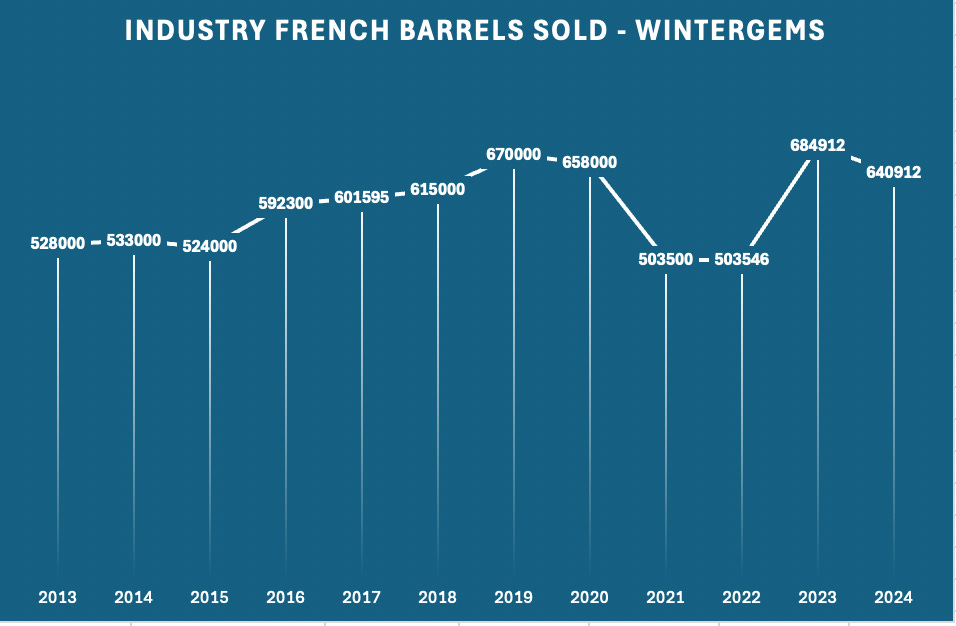


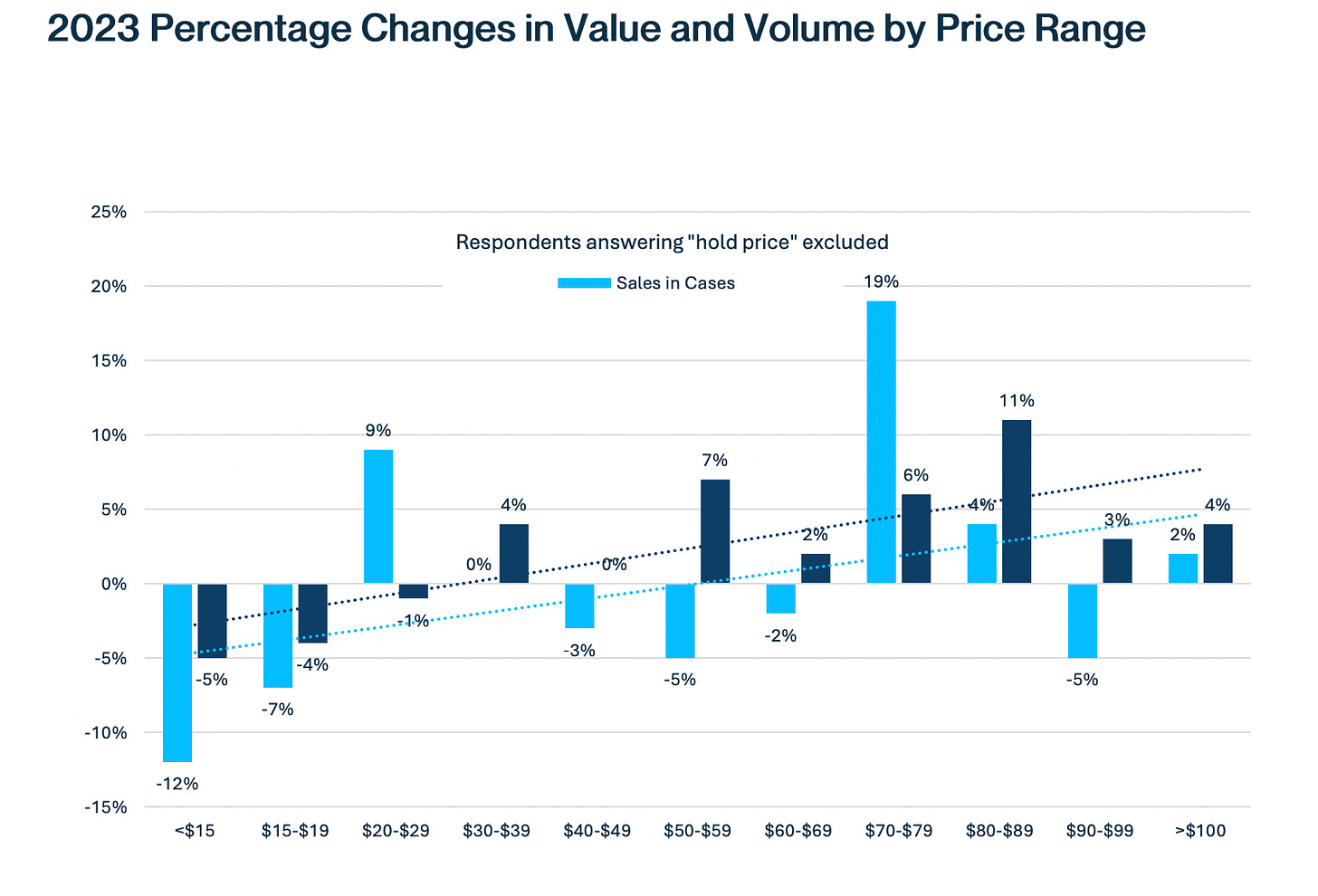


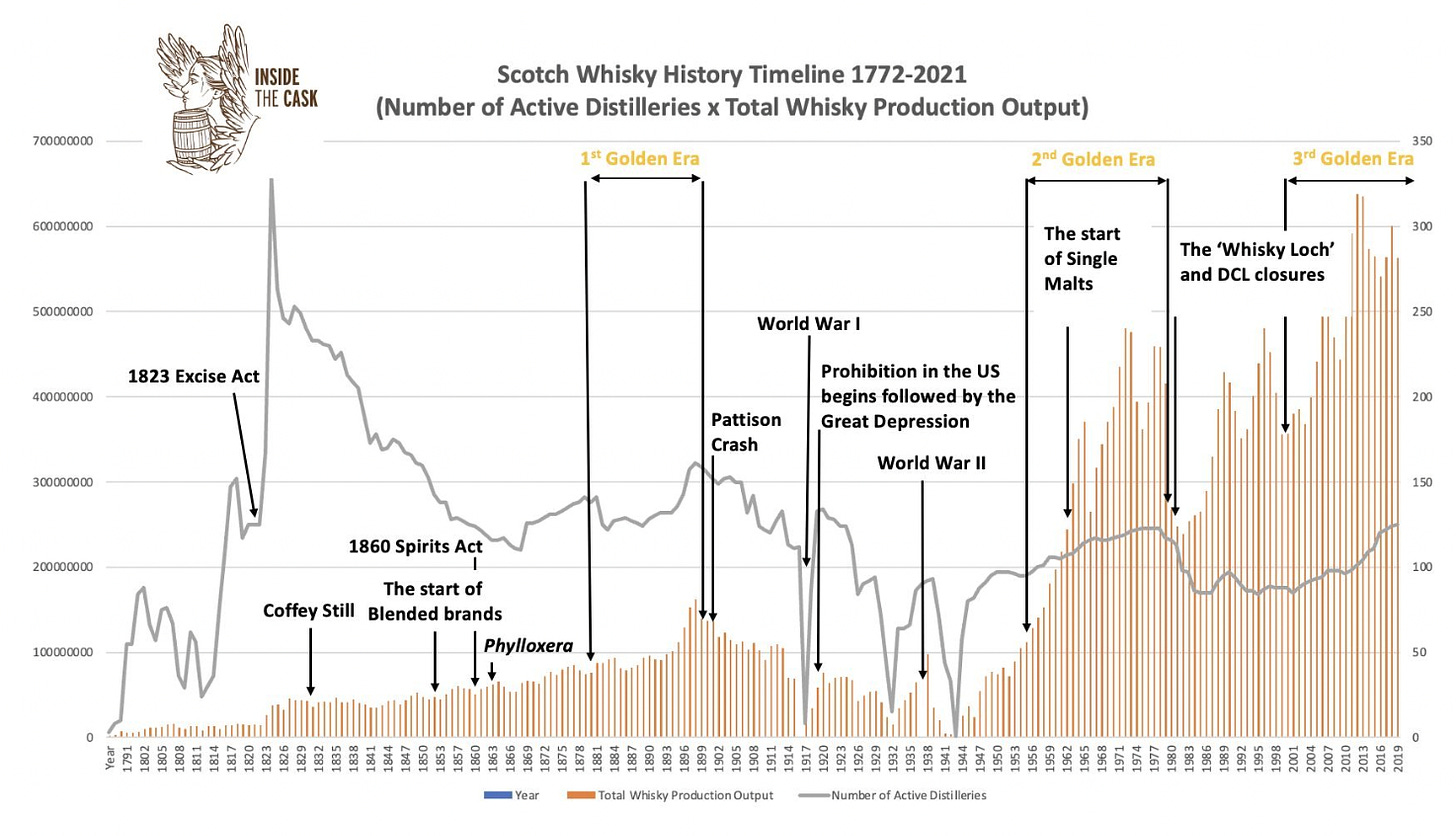

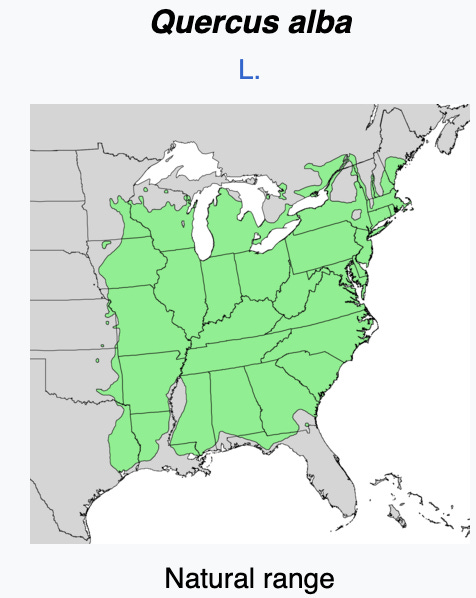

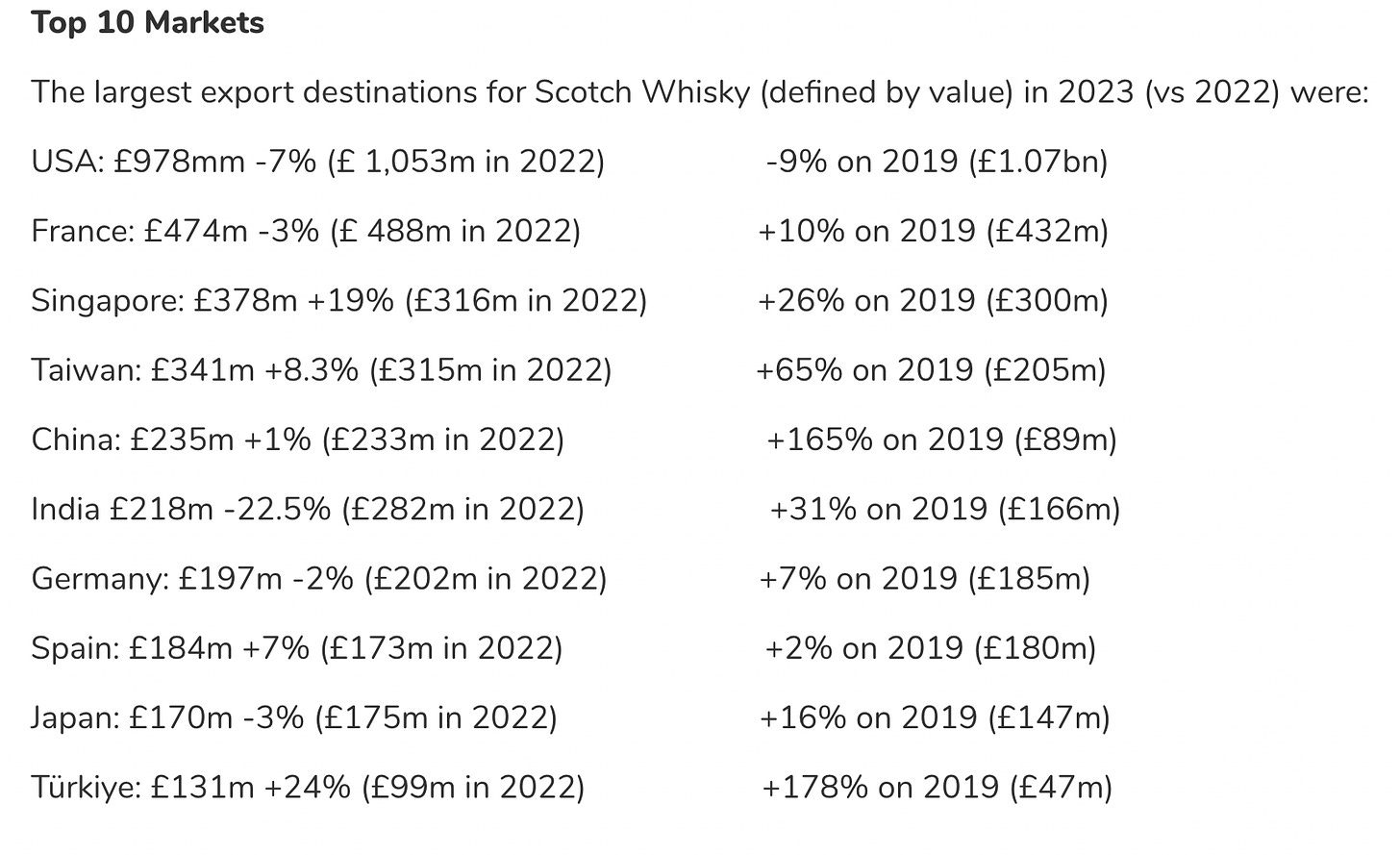


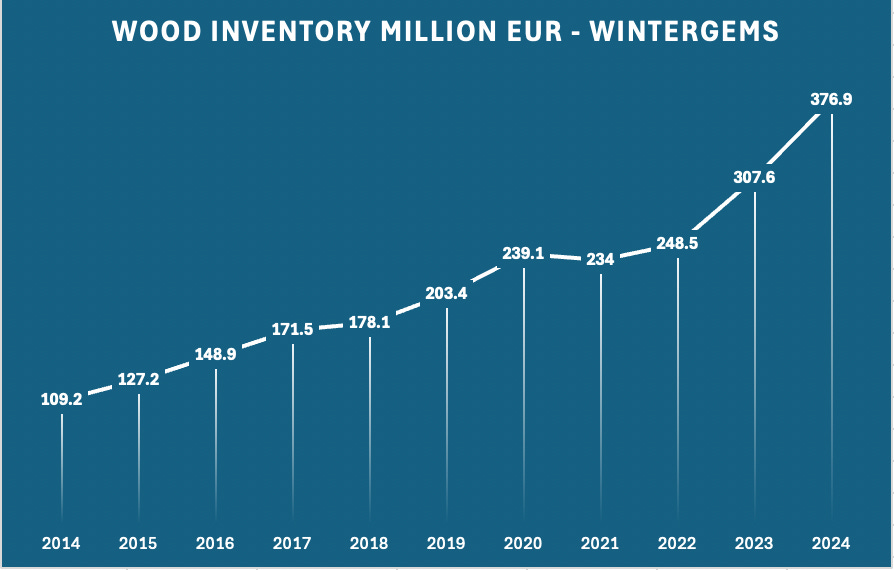


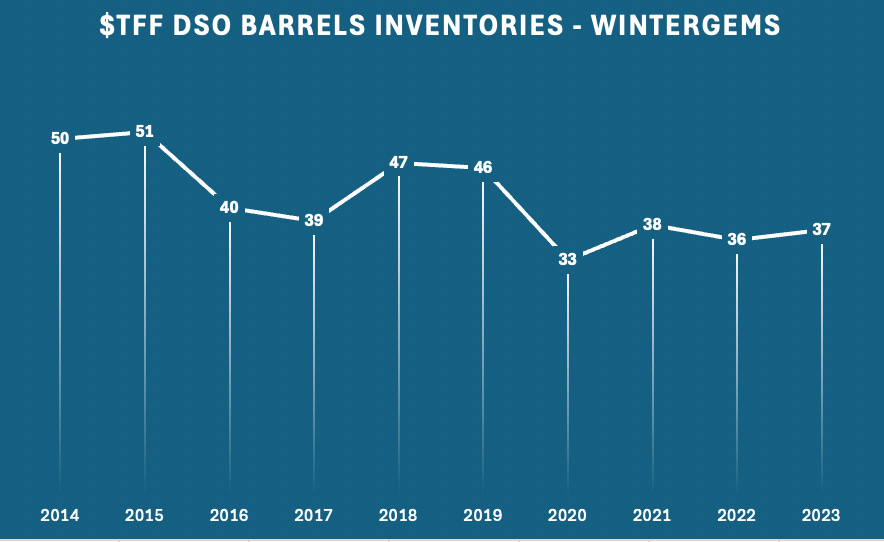
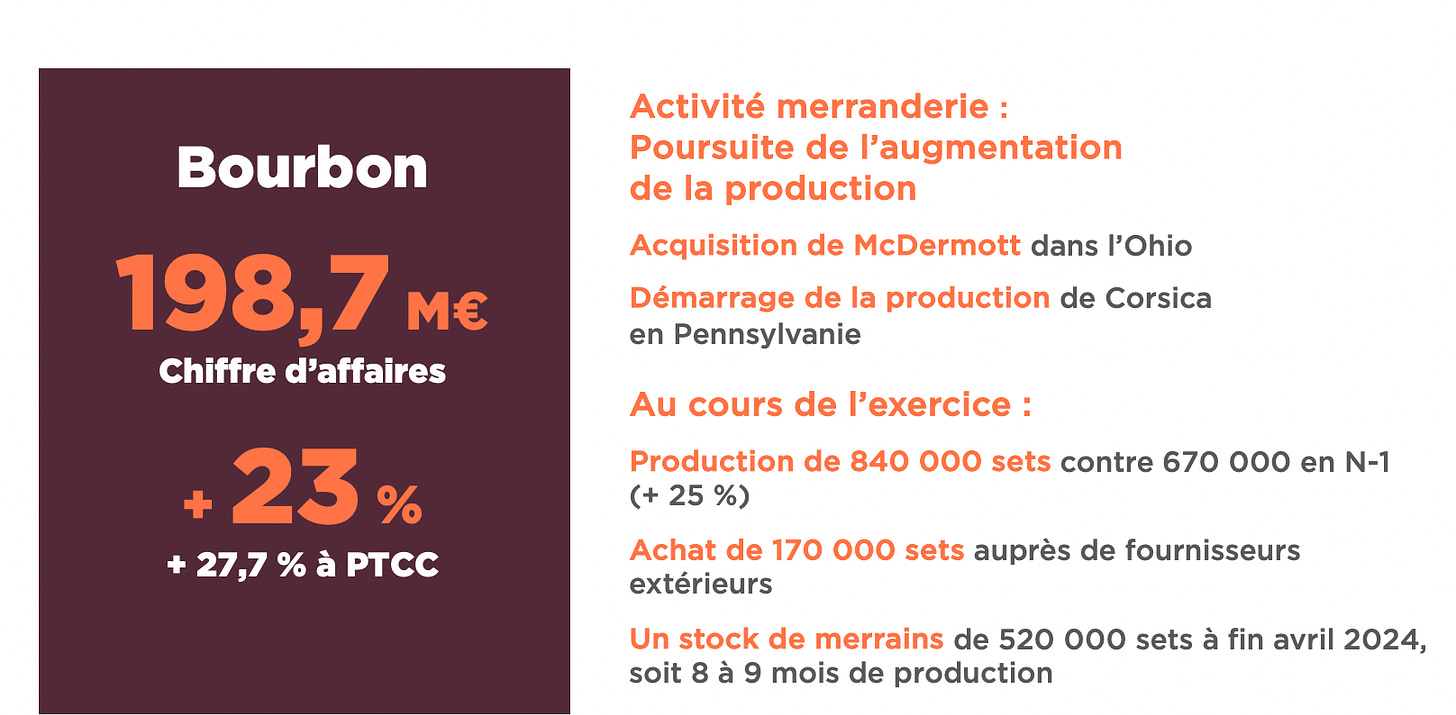


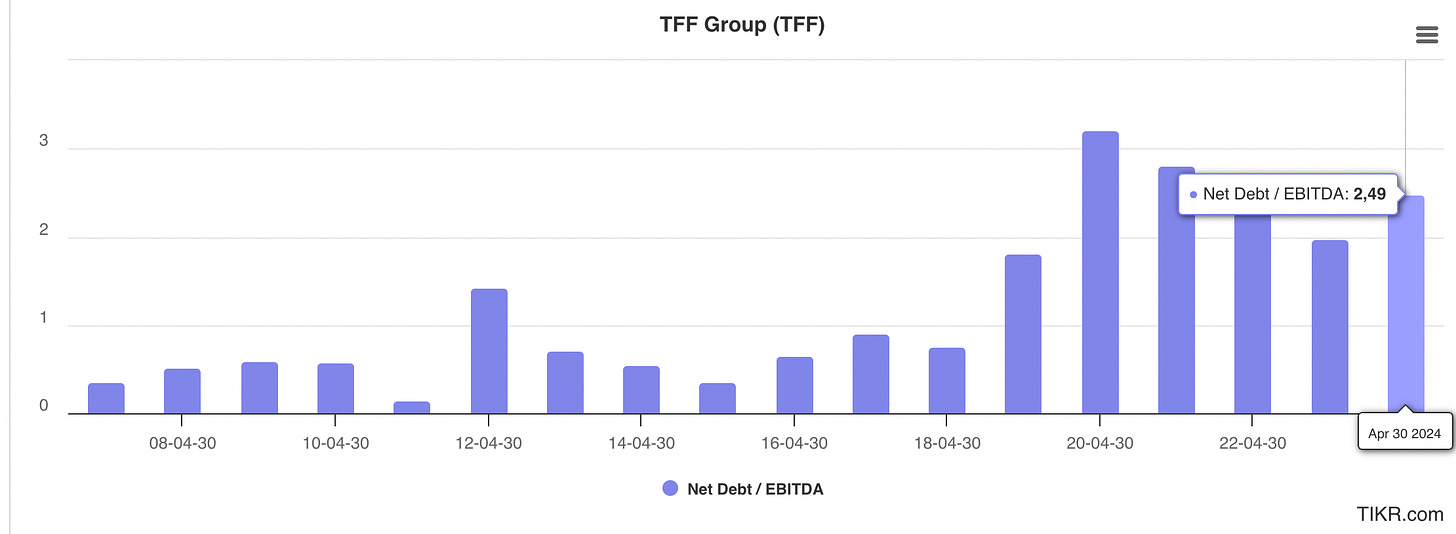




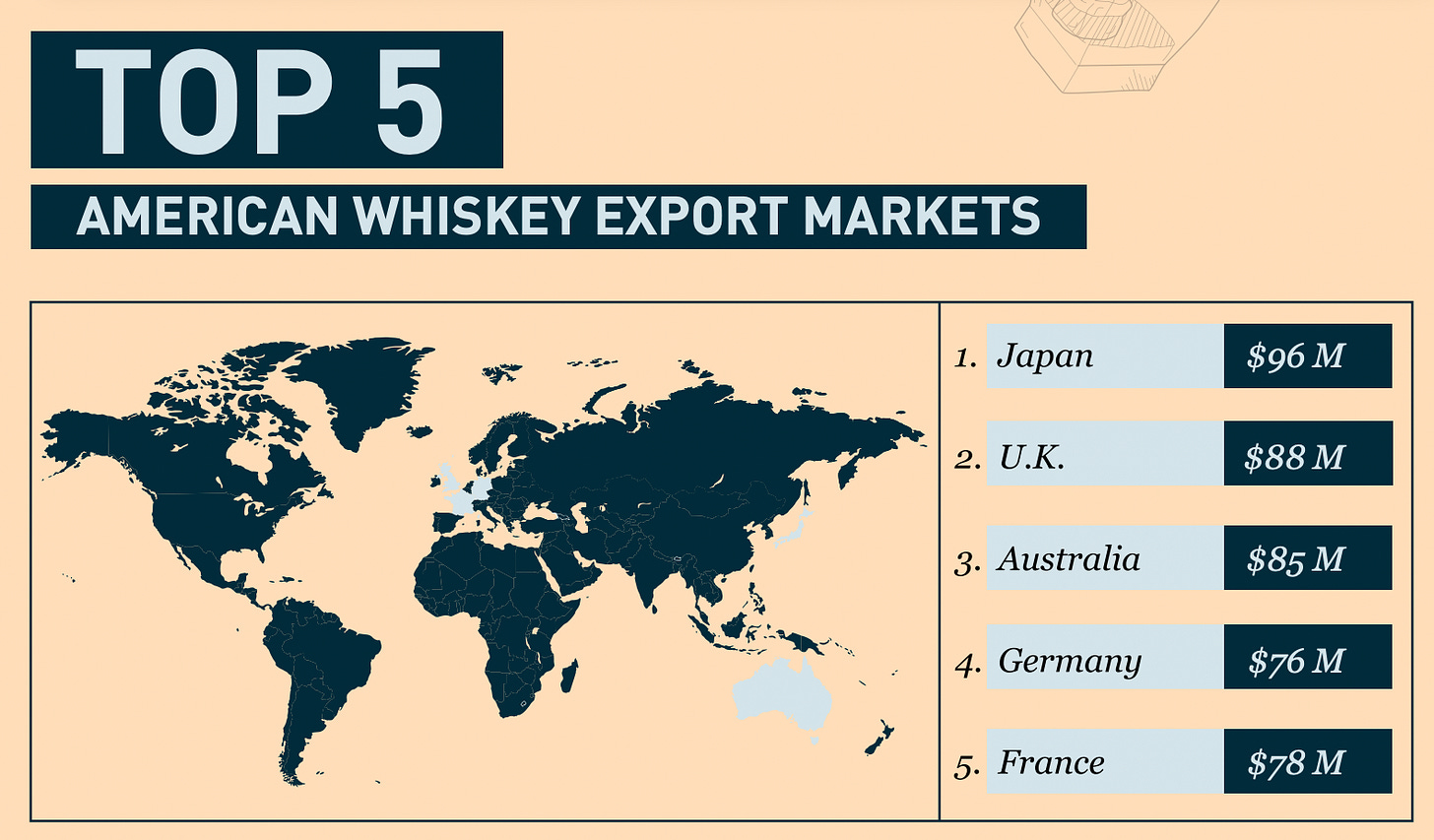
Thank you very much for this fantastic write-up. I almsot feel like opening a bottle of aged wine or Spirit in the midst of the day ;-)